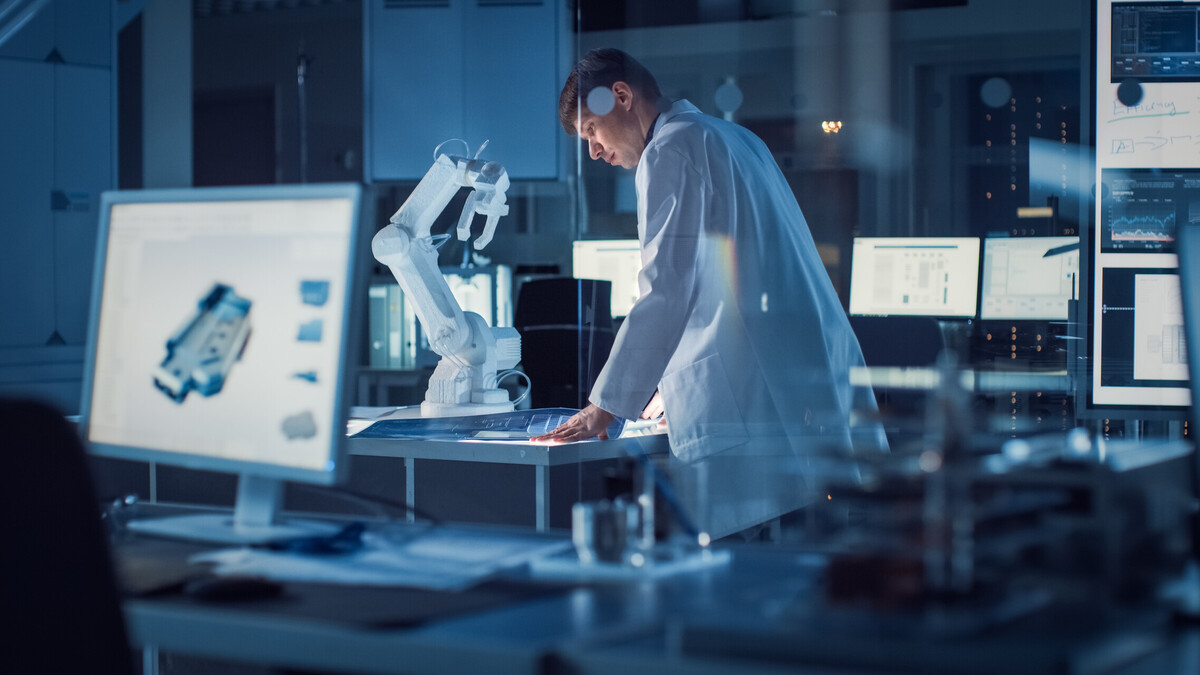The global medical monitor mount market is experiencing steady growth. Driven by the widespread adoption of medical imaging technologies, the rising demand for minimally invasive surgeries, and the increasing digitization of nursing stations and bedside workflows, clinical settings are showing a strong need for mounts that combine high flexibility, ergonomic adjustability, and hygienic design. In 2024, the market size is estimated to reach USD 1.2 to 1.25 billion, with projections indicating growth to USD 2 to 2.5 billion by 2033—representing a compound annual growth rate (CAGR) of 7% to 9%. Amid this trend, medical monitor mounts are evolving toward enhanced ergonomics, integrated cable management, antimicrobial materials, and diversified mounting solutions to meet the high standards of safety, efficiency, and durability required by modern healthcare facilities.
Key Drivers of Medical Monitor Mount Demand
Growth in Minimally Invasive Surgery and High-Resolution Imaging
Minimally invasive surgical procedures rely heavily on accurate imaging and flexible screen positioning, driving strong demand for monitor mounts with high degrees of freedom, structural stability, and extended reach capabilities.
Widespread Adoption of Bedside and Nursing Station Work Environments
Nursing staff increasingly need real-time access to electronic medical records (EMRs) and monitoring systems via mobile workstations or bedside setups. Monitor mounts that allow for effortless height and angle adjustments have become essential clinical tools, significantly improving workflow efficiency and patient care quality.
Regional Market Dynamics
North America and Europe continue to lead the medical monitor mount market, driven by frequent medical equipment upgrades and stringent ergonomic standards. Meanwhile, the Asia-Pacific region is experiencing rapid growth—particularly in China, Japan, and India—fueled by substantial increases in healthcare funding and continuous expansion of medical infrastructure, which in turn is accelerating demand for advanced medical mounting solutions.
Highlights in Technological and Design Innovation
Ergonomic Upgrades as Standard Features
Support for multi-angle adjustments—including height, tilt, and rotation—greatly reduces neck and shoulder strain as well as eye fatigue among clinical staff, enhancing long-term comfort and operational efficiency.
Enhanced Cable Management and Hygienic Materials
Built-in concealed cable routing minimizes entanglement risks. Combined with antimicrobial surfaces and easy-to-clean materials, these designs meet strict hygiene standards required in medical environments, ensuring both equipment safety and long-term durability.
Modular and Multi-Environment Mounting Options
Available in various configurations including wall-mounted, ceiling-mounted, rail-mounted, and freestanding designs. These flexible mounting solutions adapt seamlessly to operating rooms, intensive care units (ICUs), nursing stations, and mobile carts—meeting diverse clinical requirements.
Smart and Sustainable Design Trends
Next-generation mounts are beginning to integrate AI-powered posture guidance, automatic sensor-based adjustments, and eco-friendly materials such as recycled aluminum—paving the way for a more sustainable and intelligent future in healthcare infrastructure.
Conclusion
Medical monitor mounts have evolved beyond simple screen holders—they now play a pivotal role in accelerating information flow, enhancing human-machine interaction, and optimizing nursing workflows. As trends such as minimally invasive procedures, multi-point monitoring, and digitalized caregiving continue to advance, modular, ergonomic, and smart-integrated mount designs are poised to become the industry standard.






.jpg)







